Tourist Attractions of the Grands-Ponts and the Agneby Tiassa Regions
The Grands-Ponts Region


The Grands-Ponts region covers a surface area of 5502 km² and has an estimated population of 336,002 inhabitants (1998): The Grands-Ponts region is delimited to the north by the Agnéby-Tiassa Region; to the south, by the Ebrié lagoon and the Atlantic Ocean; to the east, by the Abidjan District and to the west by the Loh Djiboua region. The Grands-Ponts region is characterized by a strong agro pastoral activity with the presence of many industrial plantations of banana, pineapple, coffee and cocoa, rubber and oil palm. The region is also rich in tourist sites with a majestic landscape.
The fort of Dabou

The fort of Dabou was built in just ten days by Commander FAIDHERBE in 1853, on the northwestern shore of the Ebrié Lagoon, following the expedition of BAUDIN, a rear-admiral who commanded the West African Coast Squadron. The enclosure wall is six meters high and is built in the form of a square with each of the four sides measuring about forty meters long. The parade ground has been transformed into a garden, and a beautiful stone construction has been erected at the extreme end leading to the entrance of the site. The ground floor, built in casemates, is divided into six compartments.
The Yassap Palmafrique plantations

As its name suggests, Palmafrique is an agro-industrial enterprise specializing in the production and processing of oil-palm seeds. The company has 3 agro-industrial farms spread over nearly 78,000 hectares in Anguédédou, Dabou and Eloka. Its headquarter is located in Abidjan, precisely at Marquoir. In collaboration with oil palm farmers’ cooperatives, Palmafrique provides technical and logistics support for modern management of both individual or collective farms to the indigenous people.
The Rubber plantations and factory at Toupah

Located in the south of Ivory Coast in the Dabou Division, 75 km from Abidjan, the SAPH factory is an integrated agricultural unit. It produces 19% of the annual rubber production and exports centrifuged latex (liquid), used to manufacture products such as bottle nipples and condoms. It should be mentioned here that; the Dabou Division has the largest rubber plantations that spread over 7 300 hectares.
Jacqueville Beaches

Jacqueville is bordered by the Atlantic Ocean, along the Gulf of Guinea, and thus, it is endowed with quiet and relaxing beaches. This site is made up of beaches which are suitable for bathing, strolling, sunbathing, picnics, swimming and rest.
Songonpark

Located some few kilometers from Abidjan on the way to Jacqueville, Songonpark complex offers an ideal environment for ceremonies, relaxations and leisures.
The Coconut plantations of Jacqueville
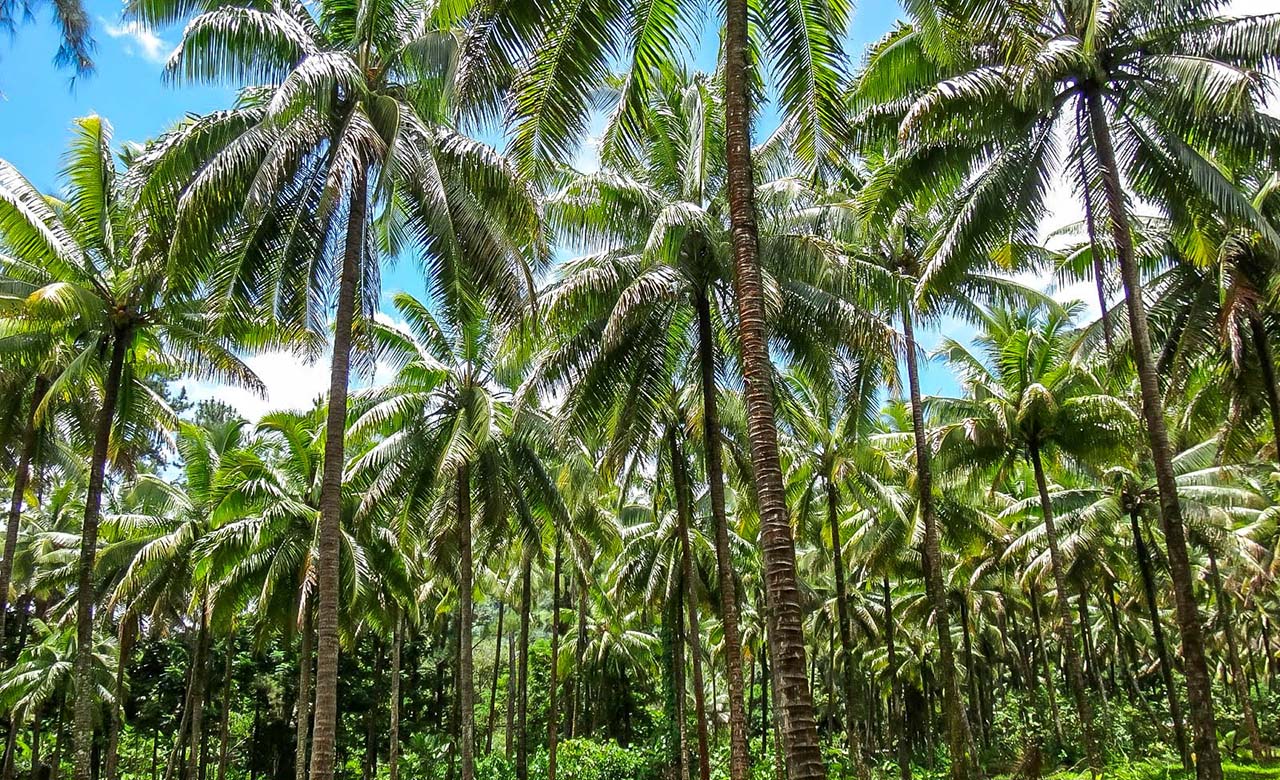
The exploitation and drying of coconut nuts (dried albumen of coconut) is the main activity of the populations of this locality. In addition to being farmers, they are also involved in fishing.
The Azagny National Park
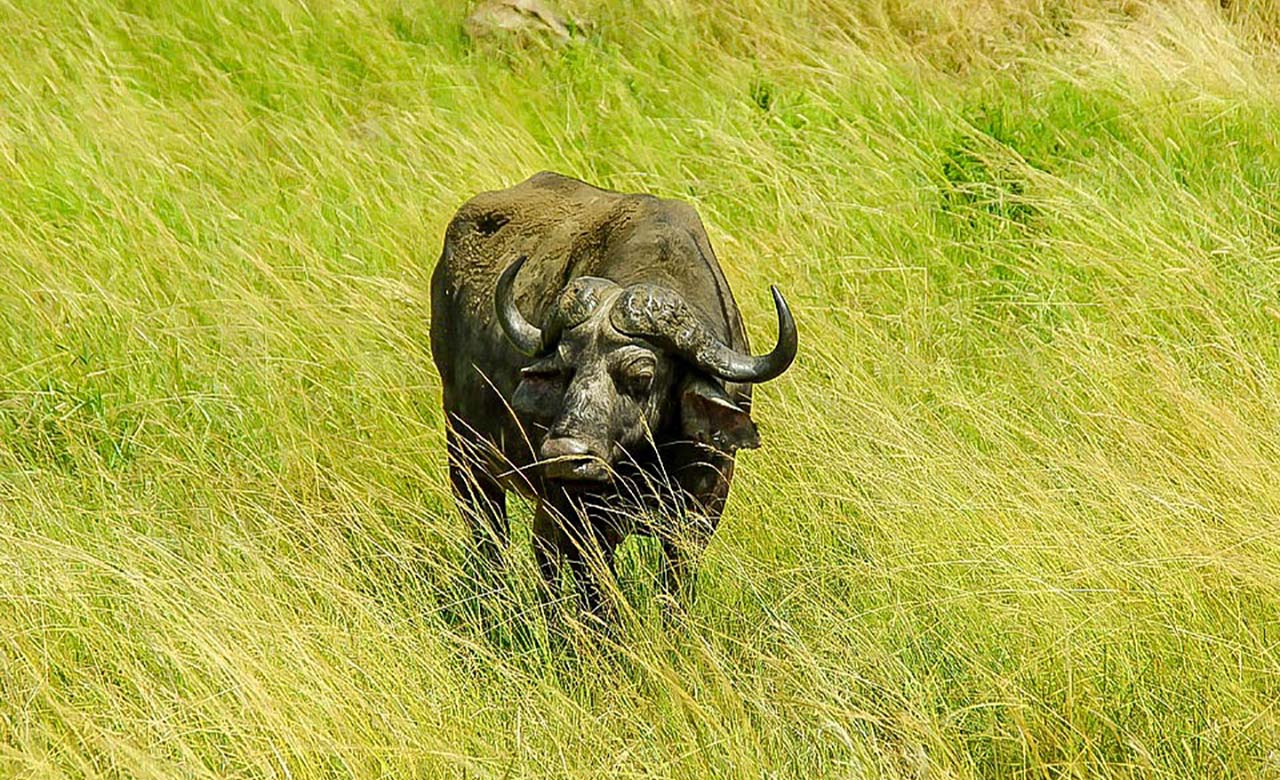
Located at 100 km from Abidjan, the Azagny National Park was created in 1981 and covers an area of 19,400 hectares. Surrounded by nearly 60% of water, the flora consists essentially of swampy savannah. The national park is home to elephants, bush pigs, buffaloes, monkeys (Chimpanzee Islands), several species of birds, and several species of trees.
The mangroves of Fresco

Located at about 200 km from Abidjan, Fresco is a city bordering the lagoon, dominated by agricultural and fishing activities. The region is dominated by nature, the sea, the lagoon, the coast that gradually passes from a sandy nature to a rocky character, and several rivers which courses end there. The natural sites and the surrounding villages are magnificent. In addition to an extraordinary fauna and flora, there are also spectacular rocks, cliffs, beautiful beaches, wooded islands, fishing villages, which can be visited on foot or by canoe. The wonderful specialties of the region await you, you can eat excellent fresh fish, various agricultural products, and drink good palm wine.
The Agneby-Tiassa Region

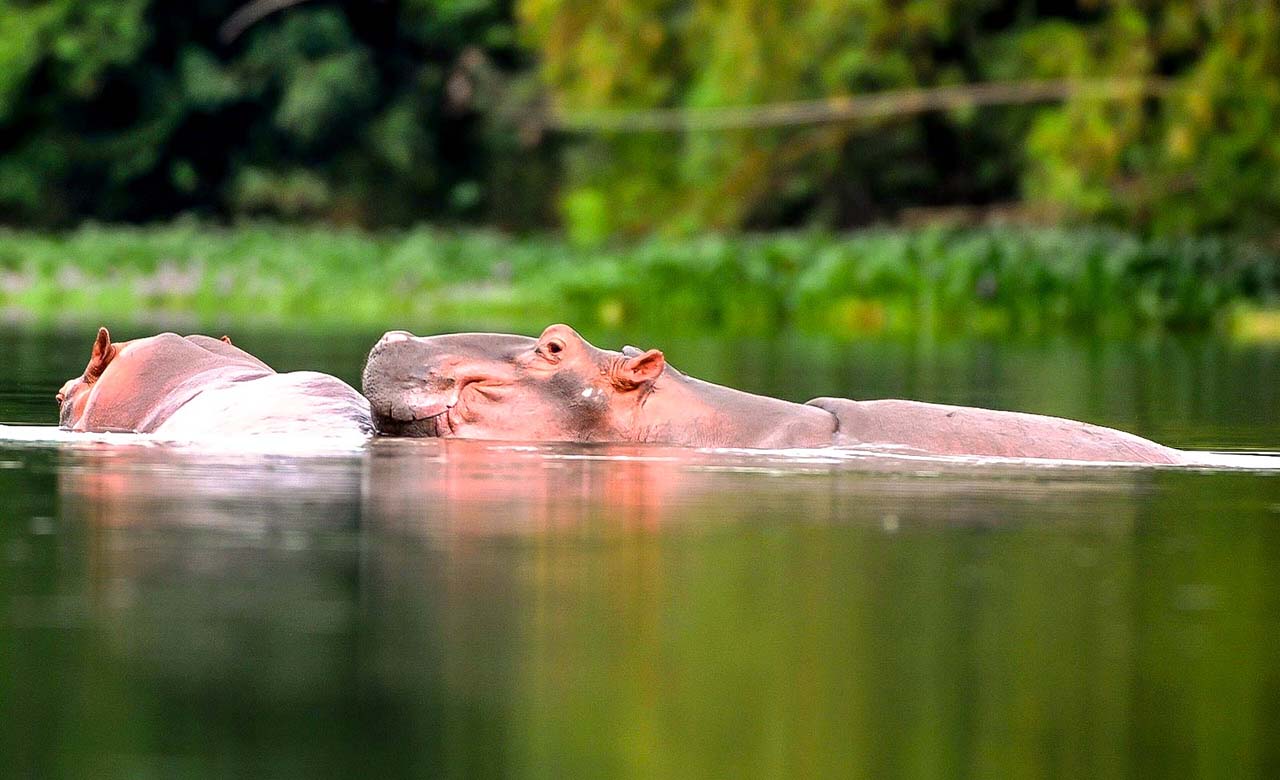
Located in the southern forest of the Ivory Coast, and englobing the point of the V Boualé savannah, the Agneby Tiassa region covers an area of 9080 km² and has approximately 197,630 inhabitants (2014). It is bounded to the north by the N’ZI and Bélier regions, to the south by the Grands-Ponts regions and the autonomous district of Abidjan, to the east by the ME Region and to the west by the regions Goh and Loh-Djiboua.
The mysterious Mafa Mountains of Bécédi Brignan
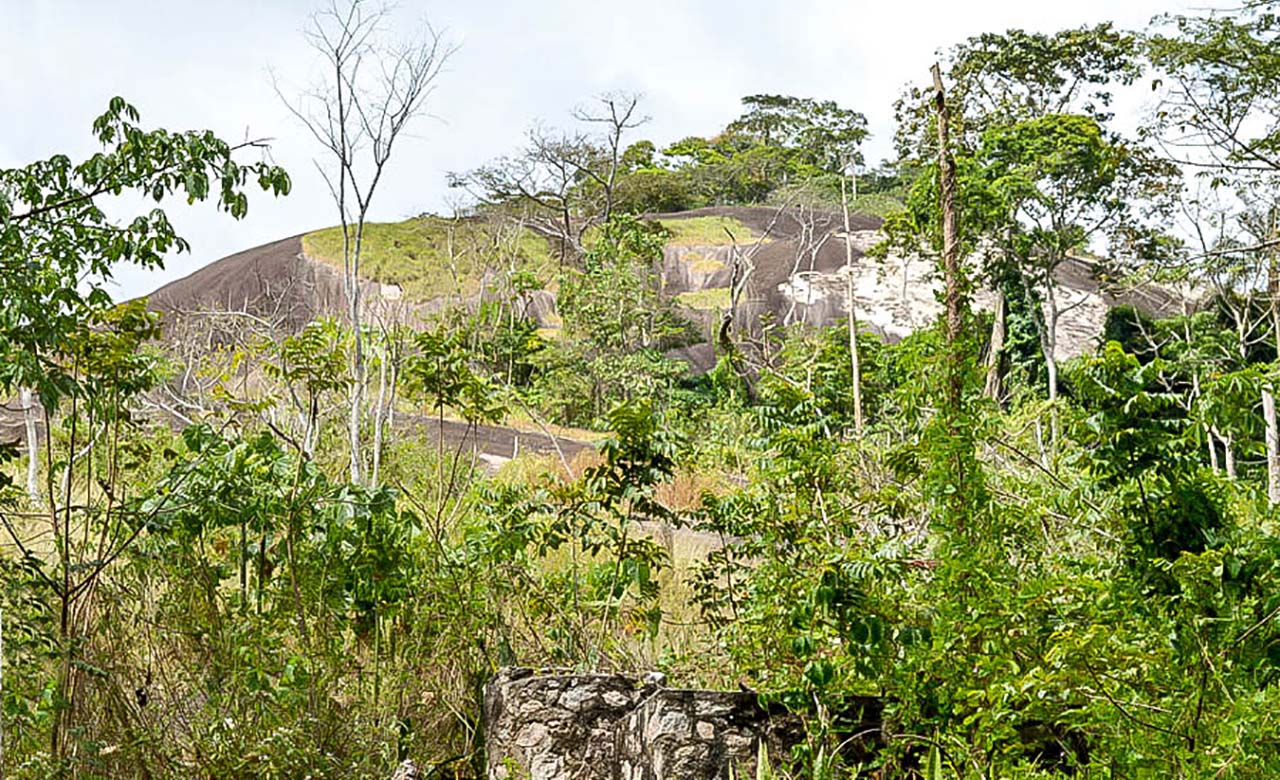
The “Mafa” mountains are located 8 km south of Bécédi-Brignan, between the village of Mafa Mafou and Bécédi-Brignan. These are two high, massive granitic peaks that are found “mysteriously” in an area that has non-mountainous terrain with a dense and moist vegetation. According to the belief of the people of the locality, the “Mafa” mountains present itself in two forms. -One form is assumed to be a male entity, with a flatter surface culminating at an altitude of 600 meters. The access roads to this site are very scrubby, making climbing difficult. The vegetation is dense and is home to large cats and endemic flora species which are well-known by the fetishers and healers. Also, ancestral
remains are found here and this site is endowed with enormous power. -The other is assumed to be a female entity, with an altitude of 800 meters, with an ovoid shape and a conical surface. This site is easily accessible and there is a natural small carved shaped water source at its summit, which never goes dry whatever be the seasons. This water is said to be endowed with magical powers for protection and the miraculous resolution of all sorts of problems that are submitted to it. Our guides are always ready to accompany you to discover the majestic Mafa Mountains
The Ahouakro Archaeological Park
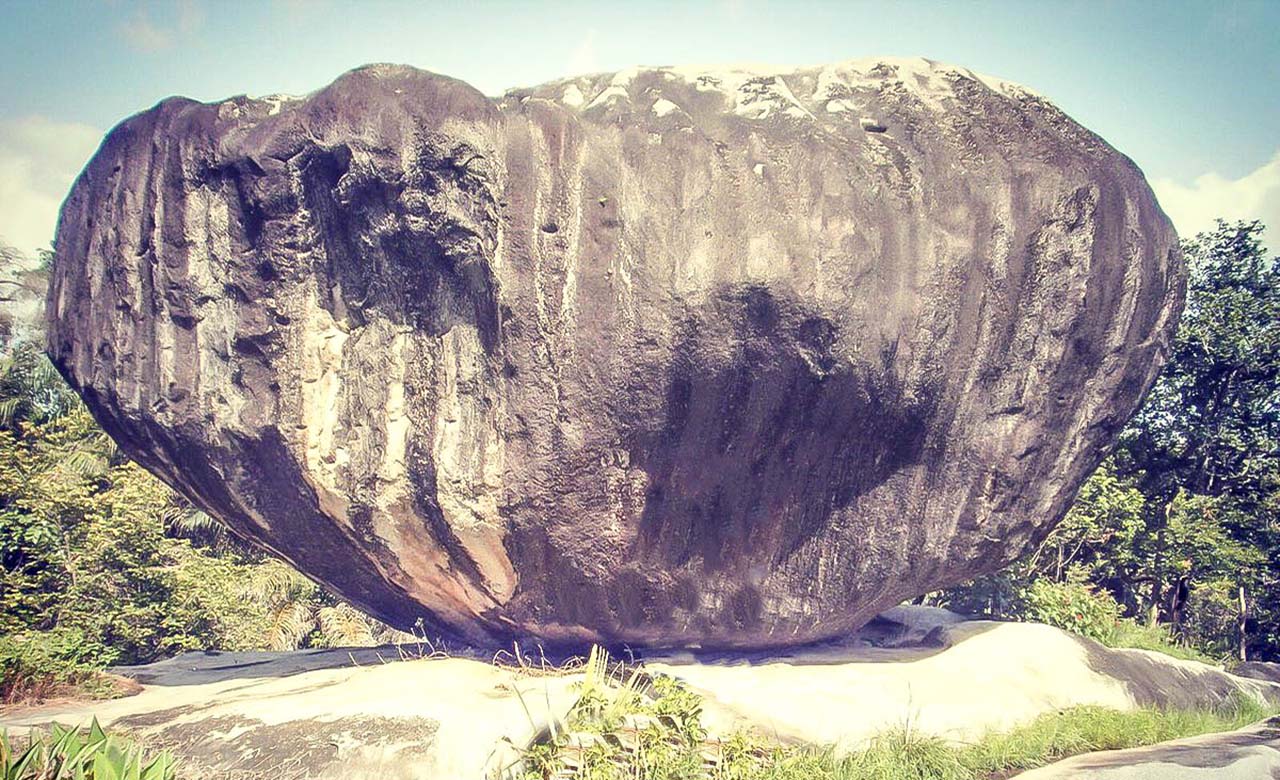
The Ahouakro Archaeological Park is located in the Agneby Tiassa Region, more precisely in the North of the Tiassalé Sub-Prefecture and 145 km from Abidjan. It is a tourist curiosity of great interest. It covers an area of 120 hectares and is dominated by vegetation which are characterised by forest with Savannah at their edges. This site unfolds on a central plateau in the shape of an isthmus whose altitude varies between 300 and 500 m, in the middle of an imposing megaliths magmatic and granite massif, which date from the Paleo-Proterozoic era (from -2300 to -2150 million years). The volume of this massif varies between several tens to hundreds of cubic meters. Since 2006 has
been registered as a UNESCO World Heritage.
The Dipri festival

The Dipri is without doubt one of the most impressive traditional, religious, and mystical manifestations of the Ivorian folklore. The Dipri festival, or Kpon, takes place every year in April in the locality of Gomon (Sikensi county), about 90 kilometers from Abidjan. This commemorative festival of consecrated sacrifice usually results in a state of trance which announces, prepares and accompanies the great demonstrations which are most often confused with magic.
The historic bridge of Tiassalé

This bridge is a real architectural jewel built in 1934. It is 300 meters long and its 22 beautiful arcades make it the most beautiful in the country. The rivers Bandama and N’zi meets here and beautifully flow together.
The hippopotamuses of Taboitien

Taboitien is a village located 5 kilometers from Tiassalé on the banks of the Bandama River which is home to hippopotamuses.
The historic boat of Captain MANET
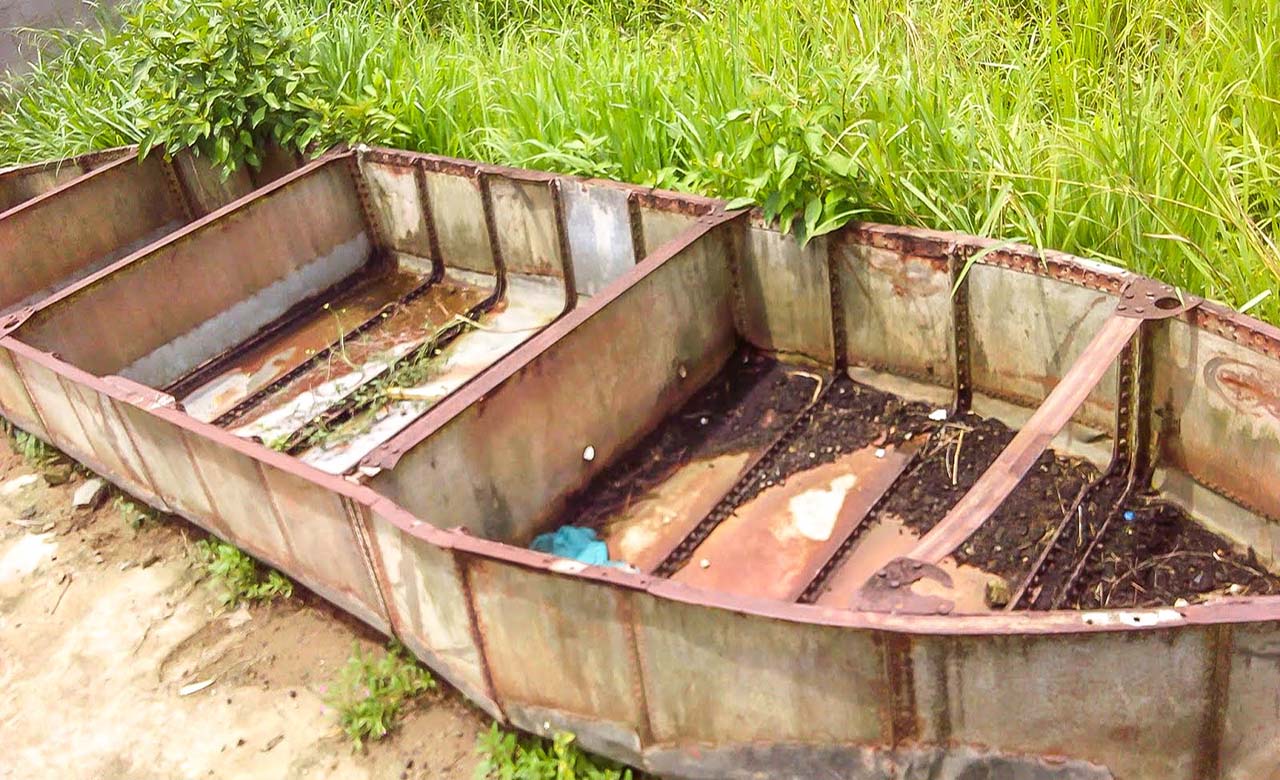
Captain Manet is one of the actors of colonization in Ivory Coast. Wanting to join the counter of Tiassalé in 1893, from Grand Lahou, he drowned with all his crew in the waters of Bandama, more precisely in Ellosso. His boat remains the only witness of his odyssey and remains an Ivorian historical monument.
